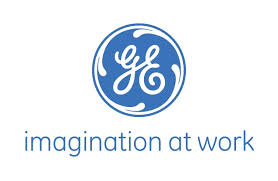Originally, GE developed apps for “oil fields, waste water plants, offshore [drilling]” and other heavy industries that looked…exactly like the control room. But that, he said in retrospect, was a mistake.
A better use of an app is to capitalize on what tablets do best: provide freedom of motion.
Bernardo recalled that the managers of old would sit behind a desk and monitor operations through email and the old standby, the telephone. Not anymore.
“You can walk down [to the plant floor] and collaborate with the people who can make a difference. It drove a ton of quality efficiencies in the process. Tablets allow us to collaborate more,” said Bernardo.
This collaboration extends beyond the plant floor and into the field.
“A guy in the field takes a picture of a valve, and the guy in the management side has full visibility into the process.” And as for the person in the field, the app can suggest how to service the faulty equipment.
“If I’m looking at this pump and I know there’s a problem, with a click of the button, I should be able to perform the operation I need,” he said.
Geolocation and security
Security is also improved with the geolocation services that come as standard issue in every smart mobile device and tablet. An employee can perform basic operations—but if you know that this employee doesn’t have a line of sight into the operation, it doesn’t mean she should.
“If you know someone is able to see the piece of equipment they need to service, you can allow that.” When it comes to tablets and mobile devices, “be thoughtful about control.”
Something else the control room can’t give you that a good app can: simplicity and immediacy.
“I should be able to look at [my tablet] and immediately know what the health of my operation is. I don’t find the information. The information finds me.”
(Also worth reading: Can tablets save manufacturing?)

